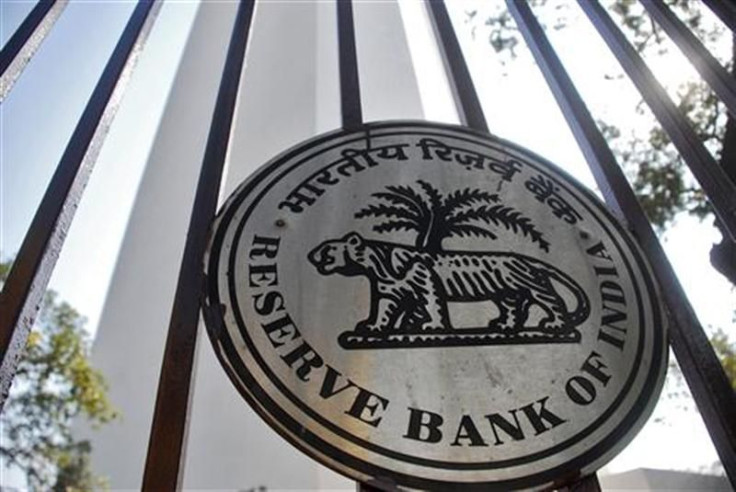RBI Holds Rates, Says Tracking Inflation, Govt Fiscal Action

(Reuters) - The Reserve Bank of India (RBI) held interest rates steady at 7.75 percent on Tuesday after easing monetary policy just three weeks ago, leaving its next move probably until after the government presents its annual budget at the end of this month.
Instead, the central bank cut the statutory liquidity ratio (SLR) - or the amount of bonds that lenders must set aside - by 50 basis points to 21.5 percent of deposits from Feb. 7, prodding banks to increase lending.
"Banks should use this headroom to increase their lending to productive sectors on competitive terms so as to support investment and growth," the RBI said in a statement.
The RBI also announced a slew of initiatives to develop markets, including allowing foreign institutional investors to re-invest government bond coupons even when their investment limits are exhausted.
Most economists polled by Reuters had expected the RBI to keep its repo policy rate steady, and reduce rates later so long as the budget, due to be unveiled by Finance Minister Arun Jaitley on Feb. 28, does not disappoint in terms of reducing the fiscal deficit.
The RBI said in its statement that it wanted more comfort that inflation would continue to ease and that it would await action from the government regarding the country's finances.
"Given that there have been no substantial new developments on the disinflationary process or on the fiscal outlook since January 15, it is appropriate for the Reserve Bank to await them and maintain the current interest stance," the central bank said.
Comforted by falling world oil prices and inflation slowing, the RBI had surprised investors with 25 basis points cut in the repo rate on Jan. 15, even though investors were expecting the central bank to embark on an easing cycle at some point during the early months of the year.
The RBI clearly saw little point in waiting any longer to reduce borrowing costs in an economy that was struggling to gather momentum.
Markets are pricing in more interest rate cuts over the rest of the year given inflation is expected to remain subdued on the back of a plunge in global crude prices and bigger-than-expected falls in domestic vegetable and fruit prices.
Consumer prices rose 5 percent in December, well within the RBI target of 6 percent by January 2016.
© Copyright IBTimes 2025. All rights reserved.





















